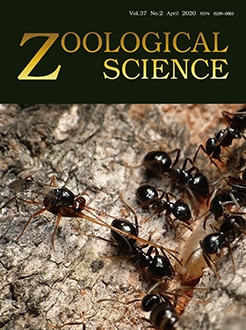Kawai et al. (2011) recently introduced a mixture of three anesthetic agents (here called MMB) that has an effect similar to ketamine/xylazine in mice, which might allow more effective reaction to changes in the animal condition, as an antagonist is available, and which can be used without license for handling narcotic drugs. Using Kawai's study as a baseline, we tested whether this anesthesia and its antagonist can also be used in avian studies. In the present study, we used two species, the zebra finch and the Bengalese finch, of the avian family Estrildidae. In zebra finches, anesthesia effects similar to the use of ketamine/xylazine and to those obtained in mice can be reached by the use of MMB if a higher dose is applied. MMB leads to more variable anesthesia, but has the advantage of a longer time window of deep anesthesia. An antagonist to one component of MMB reduced the awaking time, but was not as effective as in mice. For Bengalese finches, MMB cannot be generally recommended because of difficult handling and high mortality rate when used without antagonist, but could be used for perfusions instead of pentobarbital.
How to translate text using browser tools
6 April 2020
Different Reactions of Zebra Finches and Bengalese Finches to a Three-Component Mixture of Anesthetics
Maki Ikebuchi,
Kazuo Okanoya,
Hans-Joachim Bischof
ACCESS THE FULL ARTICLE

Zoological Science
Vol. 37 • No. 2
April 2020
Vol. 37 • No. 2
April 2020
butorphanol
ketamine/xylazine
Lonchura striata
M/M/B
medetomidine
midazolam
Taeniopygia guttata




